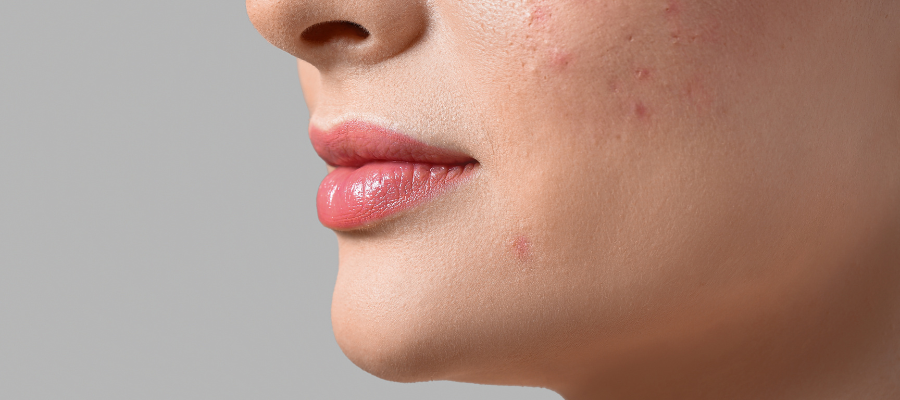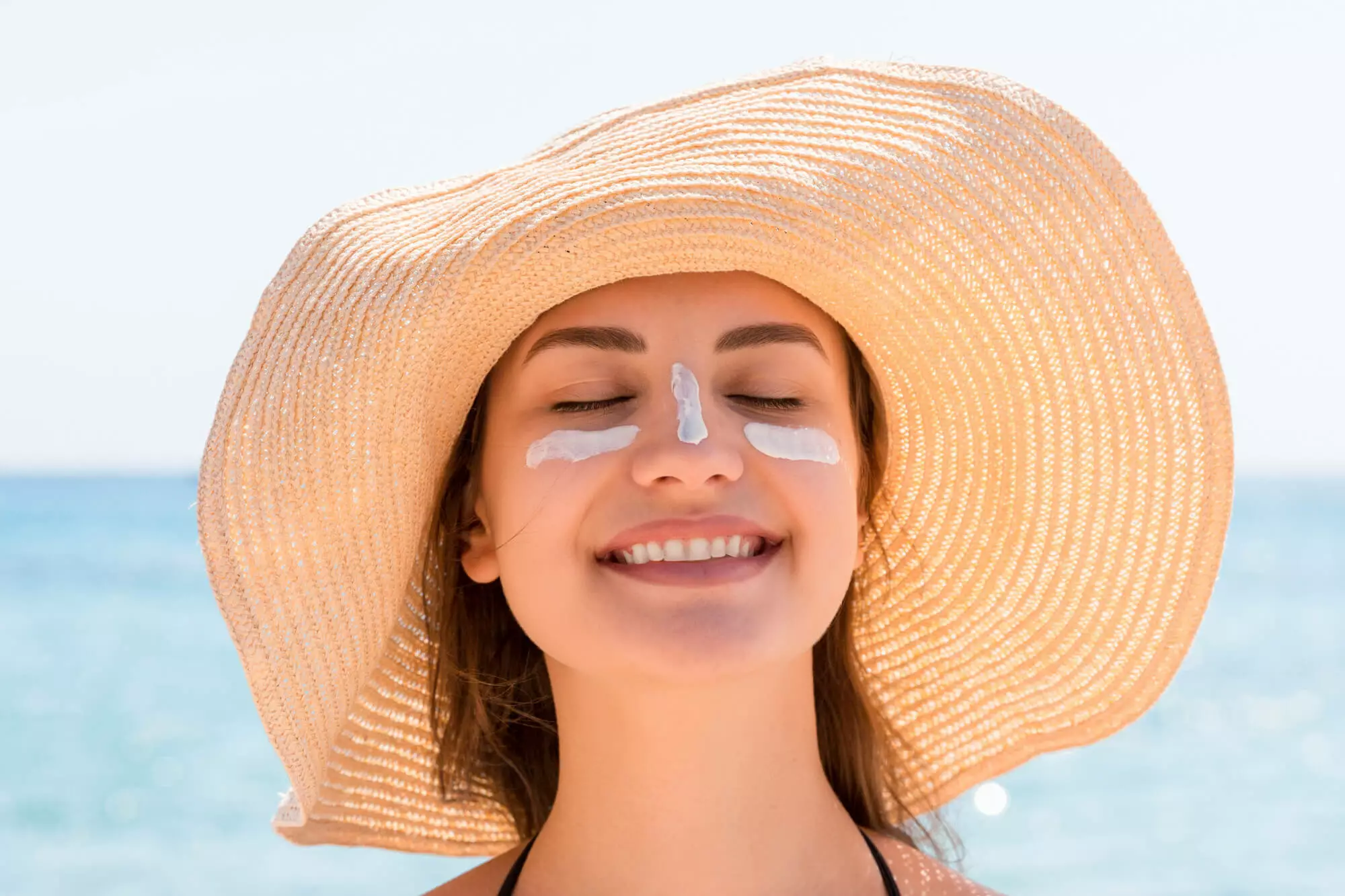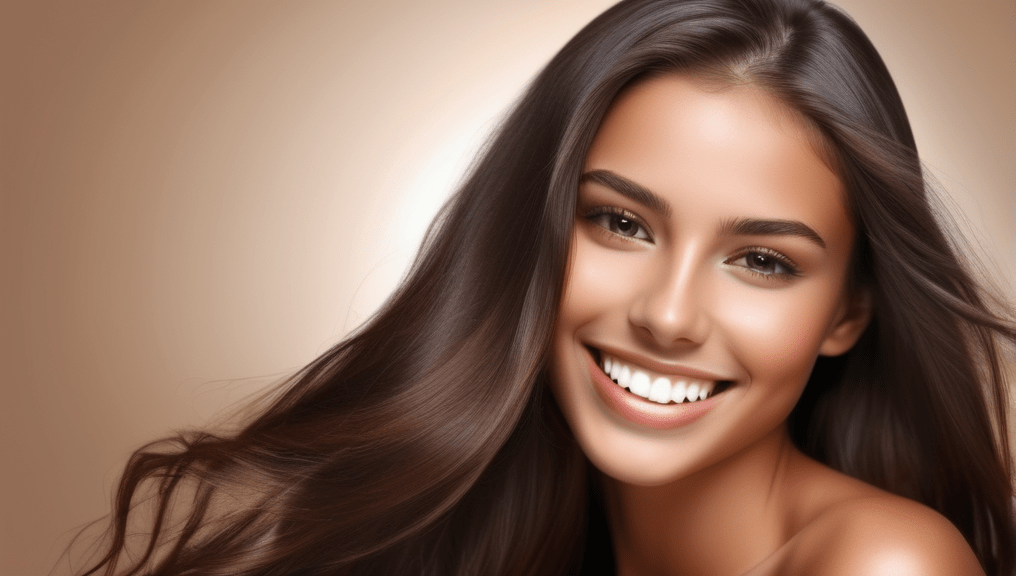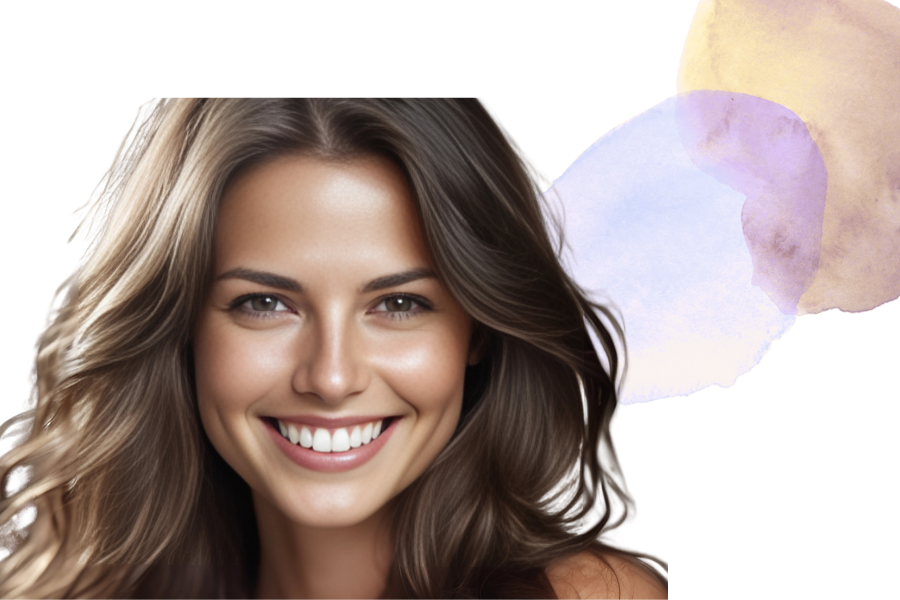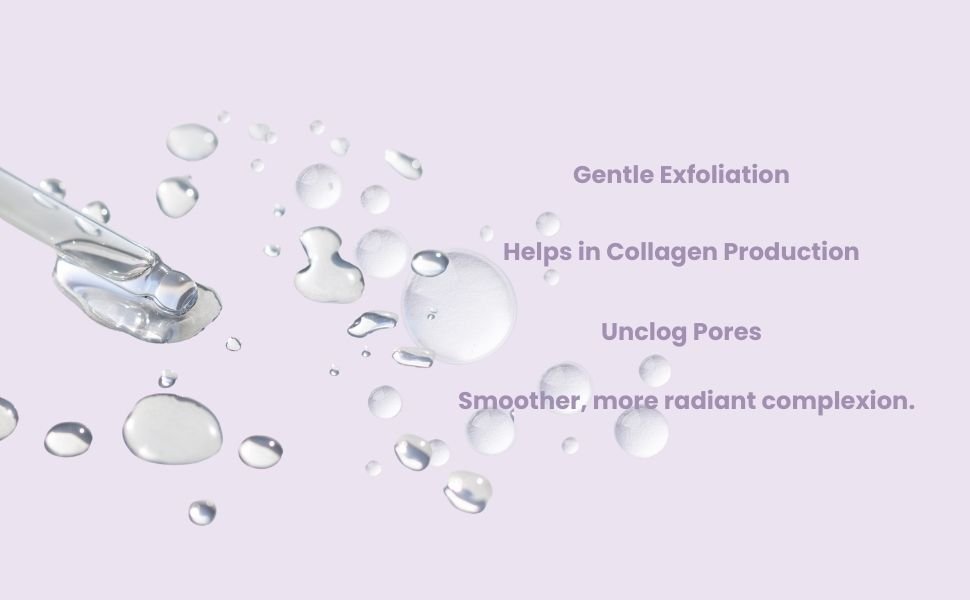
By Admin On 12-03-2025 at 8:30 am
Retinol in Skincare
Retinol, also known as Vitamin A1, is one of the most widely used and researched ingredients in skincare. Renowned for its powerful anti-aging and skin-smoothing properties, retinol is a go-to for those looking to improve their skin texture, reduce wrinkles, and address acne. However, like any active ingredient, retinol comes with both benefits and potential side effects that are important to understand. In this blog post, we will explore the incredible benefits of retinol for your skin, as well as possible side effects and how to use it effectively.
1. What is Retinol?
Retinol is a type of retinoid, a group of compounds derived from Vitamin A. It is commonly found in skincare products in various forms, such as creams, serums, and oils. When applied to the skin, retinol promotes faster skin cell turnover, helps with collagen production, and encourages the shedding of dead skin cells. These effects make it an excellent option for addressing a variety of skin concerns, including acne, fine lines, and uneven skin texture.
2. Benefits of Retinol for Your Skin
A. Reduces the Appearance of Fine Lines and Wrinkles
One of the most well-known benefits of retinol is its ability to fight the signs of aging. By accelerating cell turnover and boosting collagen production, retinol helps to smooth out fine lines and wrinkles, resulting in a more youthful complexion. It effectively thickens the skin, which can help reduce the visible signs of aging.
- How it works: Retinol stimulates collagen and elastin production, key proteins responsible for skin’s firmness and elasticity. As skin regenerates, it becomes firmer and smoother, leading to a reduction in the appearance of wrinkles.
B. Improves Skin Texture and Tone
Retinol can significantly improve skin texture by encouraging the production of new skin cells. It helps to reveal smoother skin, fades dark spots, and evens out skin tone. This makes it ideal for those with sun damage, hyperpigmentation, or uneven skin texture.
- How it works: By accelerating skin cell turnover, retinol helps to slough off dead skin cells and encourages the growth of fresh, healthy skin cells, resulting in a brighter, more even complexion.
C. Treats Acne and Prevents Breakouts
Retinol is highly effective in treating acne, especially when used consistently. It prevents clogged pores by promoting the shedding of dead skin cells and helps to reduce the production of excess sebum (oil), which is a major contributor to acne breakouts.
- How it works: Retinol keeps pores clear by exfoliating the skin’s surface and preventing the accumulation of dead skin cells and oil, which can lead to breakouts.
D. Fades Hyperpigmentation and Dark Spots
Hyperpigmentation, such as dark spots or post-acne marks, can be improved with regular use of retinol. By promoting faster skin cell turnover, retinol helps fade dark spots, revealing a more even skin tone over time.
- How it works: Retinol helps fade the appearance of dark spots by speeding up the shedding of pigmented skin cells and replacing them with fresh skin cells that are evenly toned.
E. Helps with Sun Damage
Over time, retinol can help repair some of the damage caused by UV exposure, such as fine lines, age spots, and sunspots. It does this by increasing cell turnover, allowing damaged skin to be replaced with healthier, more resilient skin.
- How it works: Retinol encourages the regeneration of new skin cells, helping to replace damaged skin from sun exposure with fresh skin that looks and feels healthier.
3. Potential Side Effects of Retinol
While retinol offers numerous benefits, it’s not without potential side effects. These side effects are usually temporary, especially when you start using the product, but it’s essential to be aware of them and use retinol carefully.
A. Skin Irritation
Retinol can cause skin irritation, especially in the first few weeks of use. This includes redness, dryness, peeling, and a feeling of tightness. These side effects are often called the "retinol purge" and occur as your skin adjusts to the increased cell turnover rate.
- How to
manage it: Start with a lower concentration of retinol (such as 0.25% or 0.5%)
and gradually increase usage. It's also helpful to apply a hydrating
moisturizer after retinol to combat dryness and irritation.
B. Dryness and Flakiness
Due to its exfoliating effects, retinol can leave the skin feeling dry or flaky. It’s important to keep your skin moisturized to prevent excessive dryness or discomfort.
- How to manage it: Incorporate a rich moisturizer into your nighttime routine. Using a gentle, hydrating cleanser can also help keep your skin balanced and avoid over-drying.
C. Increased Sensitivity to the Sun
Retinol makes the skin more sensitive to sunlight, which can increase the risk of sunburn and sun damage. Therefore, it is vital to use sunscreen daily while using retinol.
- How to
manage it: Always wear broad-spectrum sunscreen with at least SPF 30 during the
day, even if you're indoors or it's cloudy. Avoid excessive sun exposure and
reapply sunscreen every 2 hours.
D. Purging
"Purging" is a common side effect when first starting retinol. It refers to an initial breakout that may occur as the skin accelerates its turnover process, pushing underlying clogged pores to the surface. This can lead to more visible pimples or blackheads initially.
- How to manage it: Purging typically lasts 2-4 weeks, and the breakouts will subside as your skin adjusts. If the purge persists or worsens, consult with a dermatologist.
E. Not Suitable for Pregnant or Breastfeeding Women
Retinol and other retinoids are not recommended during pregnancy or breastfeeding due to the potential risks to the baby. It’s essential to avoid retinol and consult your healthcare provider about safer alternatives during these periods.
- Alternatives: If you’re pregnant or breastfeeding, consider using products with Bakuchiol, a natural alternative to retinol, or consult with your dermatologist for other safe options.
4. Tips for Using Retinol Safely
To get the best results from retinol while minimizing side effects, here are some tips:
- Start Slowly: Introduce retinol into your skincare routine gradually. Start with 2-3 times a week, and then increase the frequency as your skin builds tolerance.
- Use at Night: Retinol is best used in the evening because it can make your skin more sensitive to sunlight.
- Moisturize Well: Follow up with a hydrating moisturizer to prevent dryness and irritation. Look for soothing ingredients like ceramides and hyaluronic acid.
- Use Sunscreen Daily: Since retinol makes the skin more sensitive to the sun, applying sunscreen every day is crucial.
- Consider a Lower Concentration: If you have sensitive skin, start with a lower concentration of retinol (such as 0.25% or 0.5%) and gradually move up to stronger formulas as your skin gets accustomed.
Conclusion
Retinol is undoubtedly one of the most effective skincare ingredients available, offering a wide range of benefits, from reducing fine lines to improving acne and skin texture. However, it's important to use it cautiously and be mindful of potential side effects such as dryness, irritation, and sun sensitivity. With proper use, retinol can dramatically improve the appearance of your skin, helping you achieve a smoother, more youthful complexion. As always, start slow, hydrate well, and protect your skin with sunscreen.
Have you used retinol in your skincare routine? Share your experiences in the comments below! If you haven’t yet, let us know what other skincare ingredients you love or are interested in trying. And don’t forget to subscribe for more skincare tips and tricks!
Author
Admin
Related posts
12-3-2025
The Benefits of Sunscreen11-3-2025
Hair Care Routine11-3-2025
The Ultimate Daily Skincare Routine

